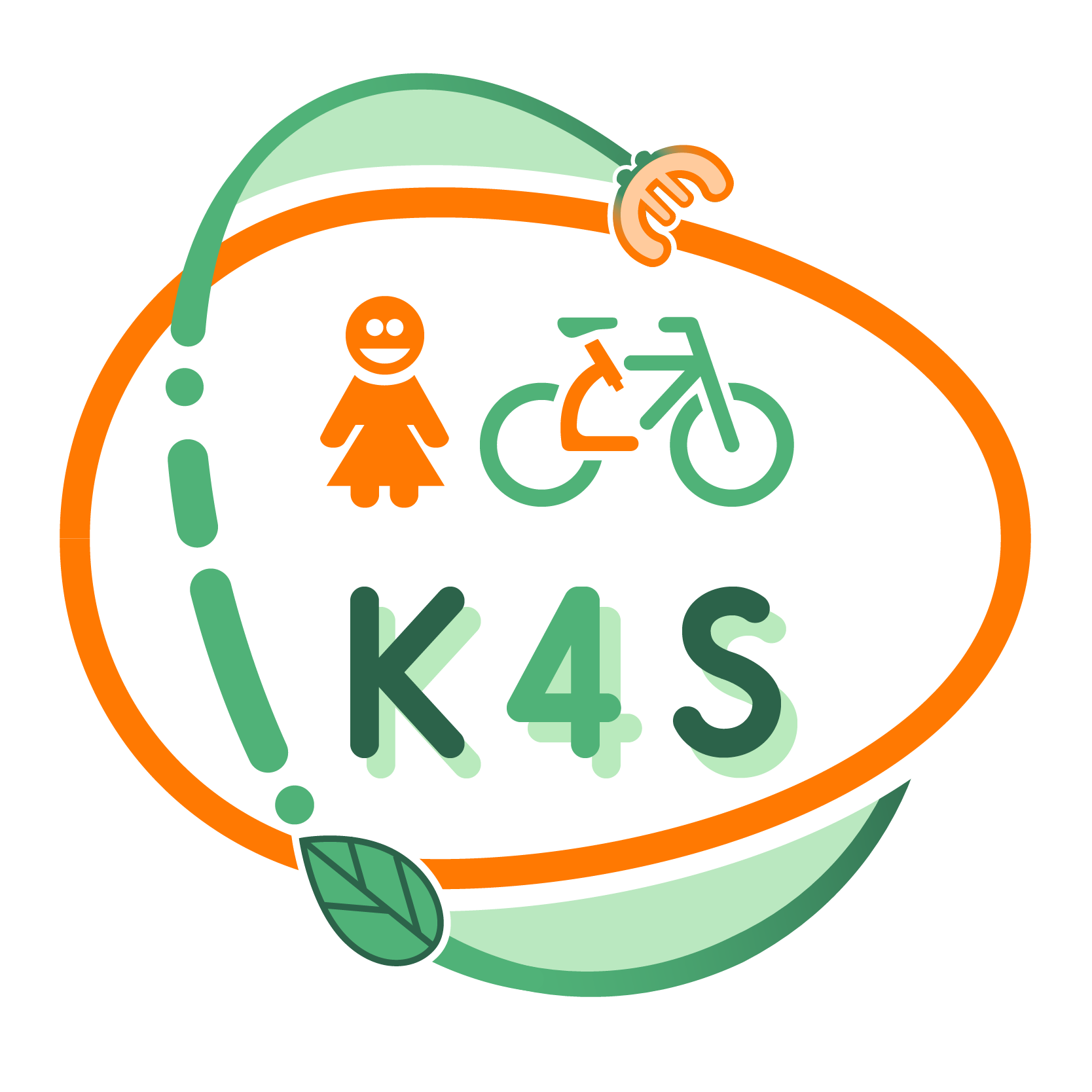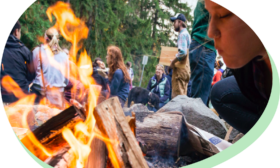LEARNING PATHWAY BASED ON SCIENTIFIC CONCEPTS
Fire!
Overall aims:
- Develop seasonal foraging skills;
- Develop understanding of combustion;
- Develop fire skills;
- Develop understanding of the relationship between fire and humans;
- Explore the concept of fuel;
- Deepen knowledge of trees;
- Develop self awareness;
- Develop entrepreneurship.
Intended learning outcomes:
The child will be able to:
- Explain how trees can be used as fuel;
- Handle a flint;
- Forage for firewood;
- Assist in building a fire.
Evaluation:
To rigorously evaluate the Learning Path, the teacher and children need to document the entire process, from the very first discussion. Encourage the children to be documentarians. Ask a child to interview others on the effectiveness of the Learning units.. Using video or audio and visual stills is ideal. The teacher can then lead the children in the editing process, whether it is a hard copy Learning Story/Scrapbook or an edited video. The editing process will help the teacher and the children revisit and examine the data more closely in order to be able to make informed decisions on moving forward with the learning path.
While looking at the data gathered by the teacher and the children, the teacher will work with the children’s natural tendency to question and encourage them to fine tune their questioning methods towards Socratic Questioning so that the discussion is thoughtful, focused and retains interest.
While the Learning Path focuses on Fire which mainly highlights the ecological pillar of sustainability, the Path is designed so that it incorporates the social and economic pillars as well, when it considers the social cost of a fuel shortages and designing out pollution and waste.. While this learning is incidental, at the time of evaluation, the teacher highlights this learning to the children and asks, “What else can we do? What else can we do to ensure that there is enough fuel for everyone? What can we do to use our fuel more efficiently? What fuel should we avoid? “ This aims to support entrepreneurial thinking.
While examining the data, the teacher cross references the documented learning with sustainability skills as well as STEAM skills. In this Learning Path, there were opportunities for mathematical thinking, chemical explorations, engineering and entrepreneurship. What worked? What didn’t? What unexpected opportunities arose and what was overlooked?
Pathway structure:
This learning path aims to develop the childrens and teachers awareness of fuel, its uses and implications of its uses through practical learning.
Stage I – Meet The Flintstones
This learning path begins at Samhain, (the midway point between the Autumnal Equinox and the Winter Solstice) and continues until the summer solstice. In this first learning unit, the children familiarize themselves with a flint and how it creates sparks to start a fire.
- Meet The Flintstones – Understanding fire. Introducing the use, purpose and science of a flint
Stage II – Ancient Lantern
This next learning unit seeks to further explore the concept of fuel for humans and how their ancestors created light after nightfall.
- Ancient Lantern – Create a vegetable oil burning lantern
Stage III – Foraging for Firewood
This unit aims to deepen children’s understanding of fuel and to extend their learning from Unit 1, Meet the Flintstones.
- Foraging for Firewood – Deepen the understanding of fire and fuel. What do we burn and what effect does that have on the environment? How can we forage for firewood that won’t have a negative effect on air quality?
Stage IV – Building a Fire
This 4th learning unit seeks to help children develop fire skills and by putting all that they have learned in the path so far to use with an outdoor campfire. Building the fire will help the children fine tune their flint skills and foraging skills.
- Building a Fire – Planning and designing an effective outdoor fire. How can we plan for a fire that won’t waste fuel, that will last, that will burn efficiently?








